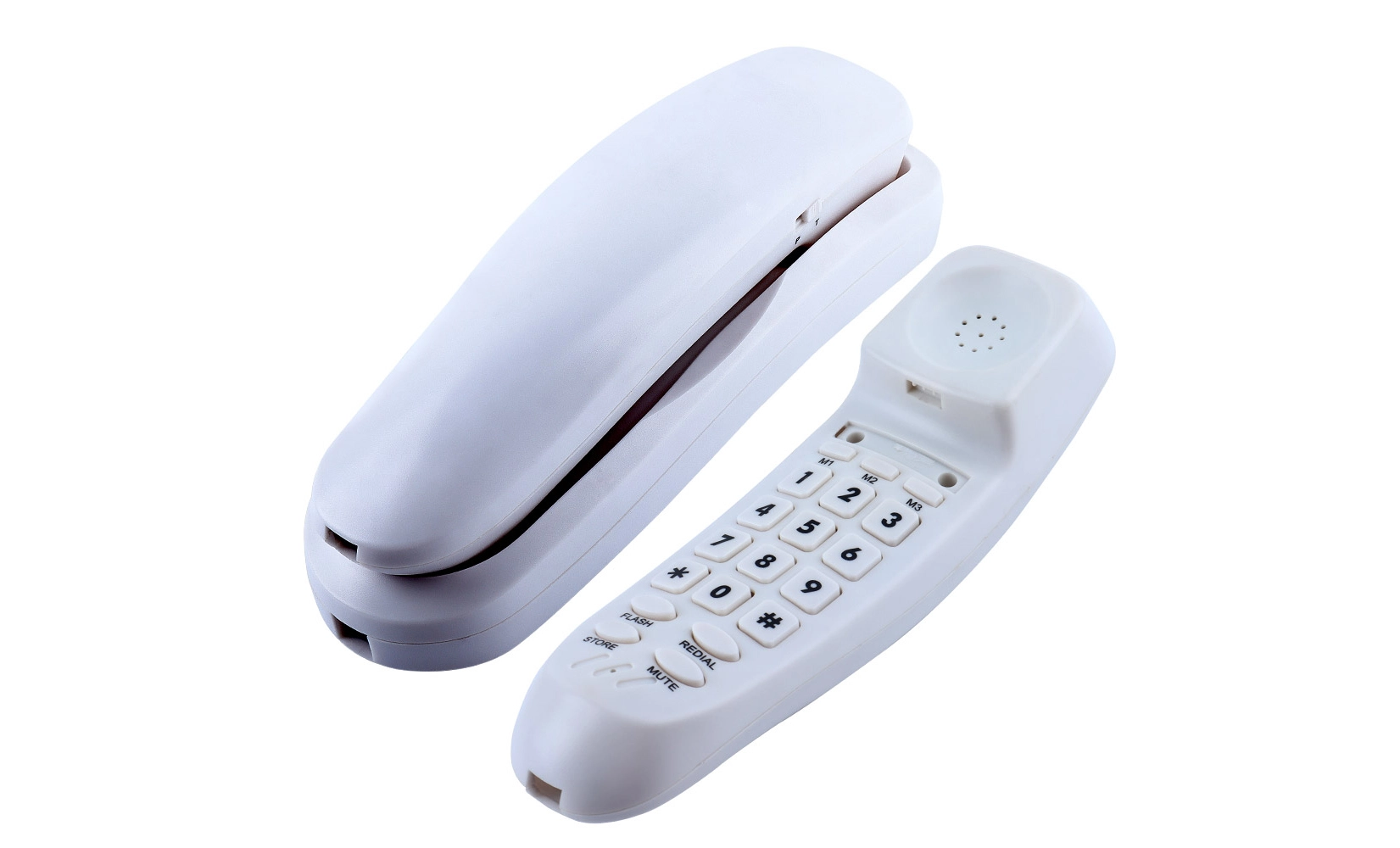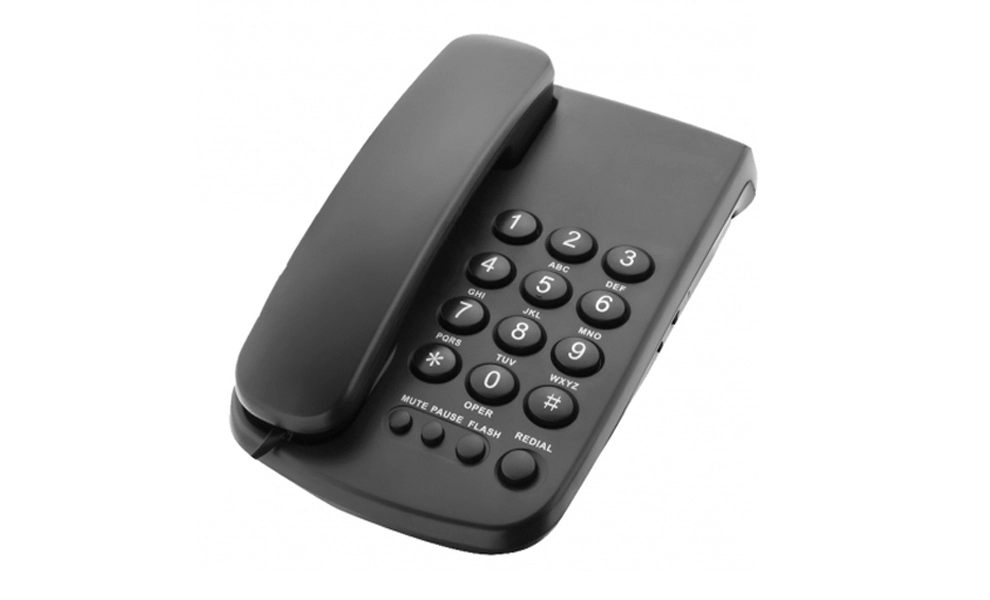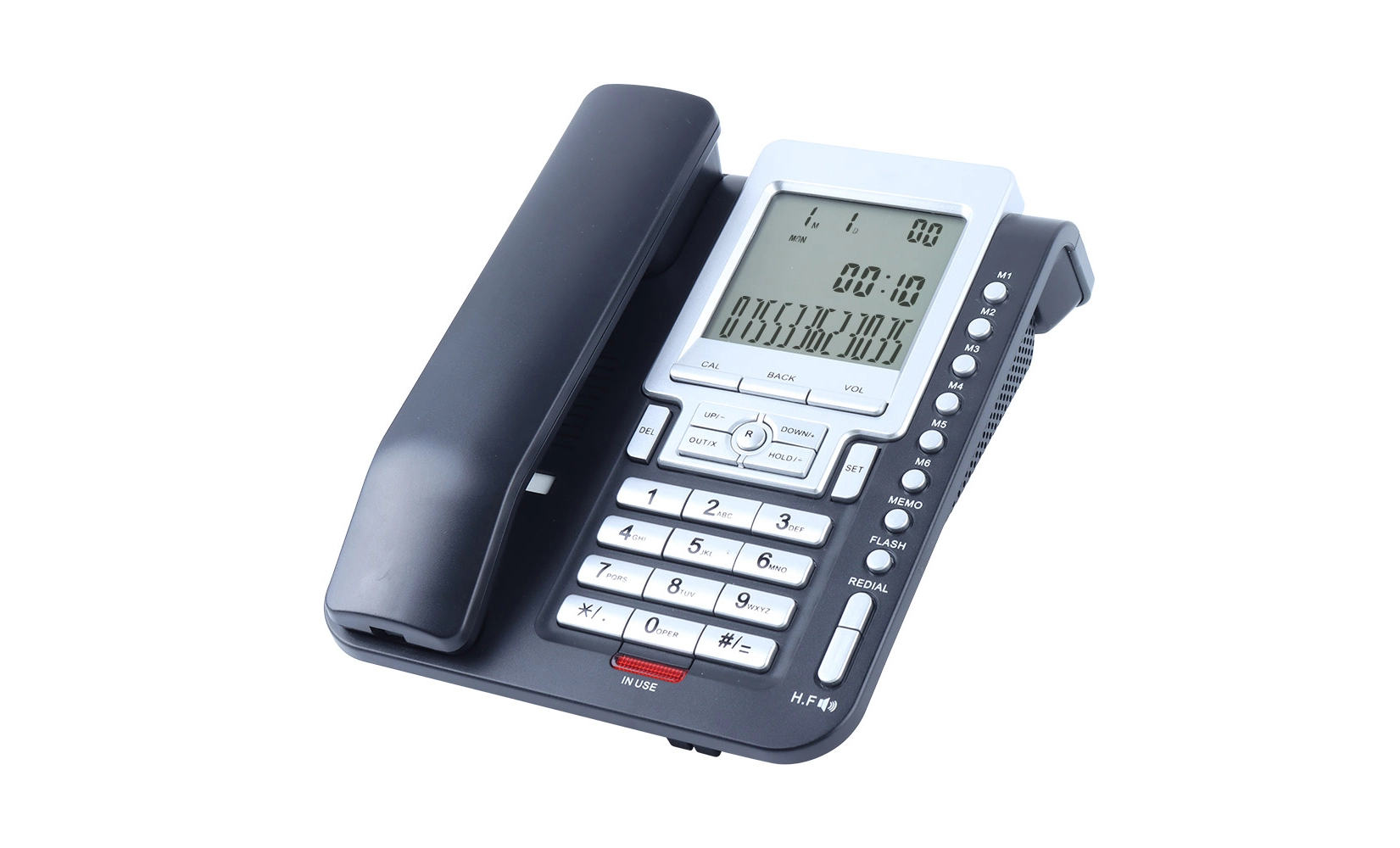Is the antique telephone a working telephone or just decorative?
Antique telephones can be both functional and decorative, depending on their condition and intended use. Many authentic vintage phones can still operate on modern landlines with proper adaptation, offering a unique blend of nostalgia and practicality. However, some antique-style telephones are crafted purely for aesthetic purposes, serving as captivating decorative pieces that evoke the charm of bygone eras. The functionality of an antique telephone often hinges on factors such as its internal components, compatibility with current telephone systems, and whether it has been restored or modified for contemporary use.
The Dual Nature of Antique Telephones: Form and Function
Functional Antique Telephones: Bridging Past and Present
Many antique telephones retain their original functionality or can be adapted to work with modern telephone systems. These pieces of history offer more than just visual appeal; they provide a tangible connection to the past. Rotary dial phones, candlestick models, and early push-button telephones can often be retrofitted with modern components to operate on current landlines.
The process of making an antique telephone functional typically involves:
- Replacing or adapting the internal wiring
- Installing a modern telephone jack
- Adjusting the ringer mechanism
- Ensuring compatibility with tone dialing systems
Collectors and enthusiasts often take pride in restoring these vintage communication devices to their former glory, preserving both their aesthetic charm and practical utility. The satisfying click of a rotary dial or the rich sound of a brass bell ringer can transport users to a different era while still serving as a reliable means of communication.
Decorative Antique-Style Telephones: Aesthetic Marvels
On the other hand, many antique-style telephones are designed purely for decorative purposes. These replica or reproduction models capture the essence of vintage telecommunications without the complexity of functional components. They serve as stunning conversation pieces, adding a touch of nostalgia and elegance to interior spaces.
Decorative antique telephones often feature:
- Authentic-looking materials such as Bakelite, wood, or brass
- Intricately designed housings and handsets
- Non-functional dials or keypads that mimic original designs
- Weighted bases for stability and realism
These ornamental pieces are popular in vintage-themed decor, movie sets, and display cases. They offer the visual appeal of antique telephones without the need for maintenance or compatibility concerns associated with functional models.
Identifying Functional vs. Decorative Antique Telephones
Telltale Signs of a Functional Antique Telephone
To determine whether an antique telephone is functional or purely decorative, consider the following indicators:
- Presence of a modular telephone jack or adaptable wiring
- Weight and solidity of internal components
- Condition of the dial or keypad mechanism
- Authenticity of materials and construction
- Presence of a manufacturer's label or model number
Functional antique telephones often bear signs of use and may require some restoration. However, they possess the potential to be integrated into modern communication systems with proper care and adaptation.
Characteristics of Decorative Antique-Style Phones
Decorative antique-style telephones, while visually impressive, typically exhibit certain traits that distinguish them from their functional counterparts:
- Lightweight construction or hollow interiors
- Absence of internal wiring or electronic components
- Fixed or immovable dials and handsets
- Modern manufacturing techniques visible upon close inspection
- Lack of wear patterns typically found on genuine antiques
These decorative pieces prioritize aesthetics over functionality, often incorporating design elements from various historical periods to create an idealized vintage look.
The Value of Antique Telephones: Beyond Functionality
Historical Significance and Collectibility
Whether functional or decorative, antique telephones hold significant value for collectors, historians, and design enthusiasts. These artifacts of communication history offer insights into technological evolution, social norms, and industrial design trends of past eras.
Factors contributing to the value of antique telephones include:
- Rarity and age of the model
- Historical significance (e.g., first of its kind, used in notable events)
- Condition and originality of components
- Aesthetic appeal and craftsmanship
- Brand reputation and provenance
Collectors often seek both functional and non-functional antique telephones, recognizing the unique stories and craftsmanship embodied in each piece.
Integrating Antique Telephones in Modern Decor
The timeless appeal of antique telephones makes them versatile decorative elements in various interior design styles. From steampunk-inspired offices to vintage-themed cafes, these communication relics add character and historical depth to spaces.
Creative ways to incorporate antique telephones in modern decor include:
- Using them as sculptural centerpieces on sideboards or desks
- Creating vignettes that contrast vintage and contemporary elements
- Displaying collections in custom-built shelving units
- Repurposing non-functional phones as unique lamp bases or planters
Whether functional or purely decorative, antique telephones serve as tangible links to the past, enriching our living spaces with their unique blend of form and (potential) function.
Conclusion
The question of whether an antique telephone is a working device or merely decorative often depends on its specific model, condition, and intended use. Many vintage telephones can be restored to full functionality, offering a nostalgic communication experience. Others serve as beautiful decorative pieces, capturing the essence of bygone eras without the need for operational capabilities. Ultimately, the value of an antique telephone extends beyond its functionality, encompassing its historical significance, aesthetic appeal, and ability to evoke a sense of connection to the past. Whether used to make calls or as a conversation starter, these timeless artifacts continue to fascinate and inspire in our digital age.
Functional antique telephone from trusted manufacturer | CHEETA
Shenzhen Cheeta Technology Co., Ltd. stands out as a premier manufacturer of antique-style telephones that blend vintage aesthetics with modern functionality. With 18+ years of expertise in OEM/ODM services, CHEETA offers a diverse range of communication devices that cater to both nostalgic charm and contemporary needs. Our state-of-the-art 1,200㎡ facility, staffed by 100+ skilled workers and 10 senior engineers, ensures high-quality production and swift delivery of up to 1,000 units daily.
CHEETA's commitment to excellence is evident in our rigorous 11-step inspection process, resulting in a remarkably low failure rate of less than 1%. Our products not only meet CE and ROHS standards but also offer full customization options to meet diverse client requirements. For inquiries about our exceptional telephone products, please contact us at allen@cheeta.com.cn.
References
1. Smith, J. (2022). The Evolution of Telephone Technology: From Antique to Modern. Journal of Communication History, 45(2), 78-95.
2. Brown, A. (2021). Antique Telephones: Collecting and Restoring Vintage Communication Devices. Collector's Quarterly, 33(4), 112-128.
3. Johnson, E. (2023). Decorative vs. Functional: The Dual Nature of Antique-Style Telephones in Modern Interiors. Design Perspectives, 18(1), 55-70.
4. Davis, M. (2020). The Art of Retrofitting: Adapting Antique Telephones for Contemporary Use. Technological Heritage Review, 29(3), 201-217.
5. Wilson, R. (2022). Antique Telephones in the Digital Age: Preservation, Functionality, and Cultural Significance. Communications Artifacts Journal, 40(2), 88-103.

Kindly inform us your interested product and your detailed requirement, so that we can give you a best suggestion.

Shenzhen Cheeta Technology Co., Ltd – Leading Communication Telephone Manufacturer



